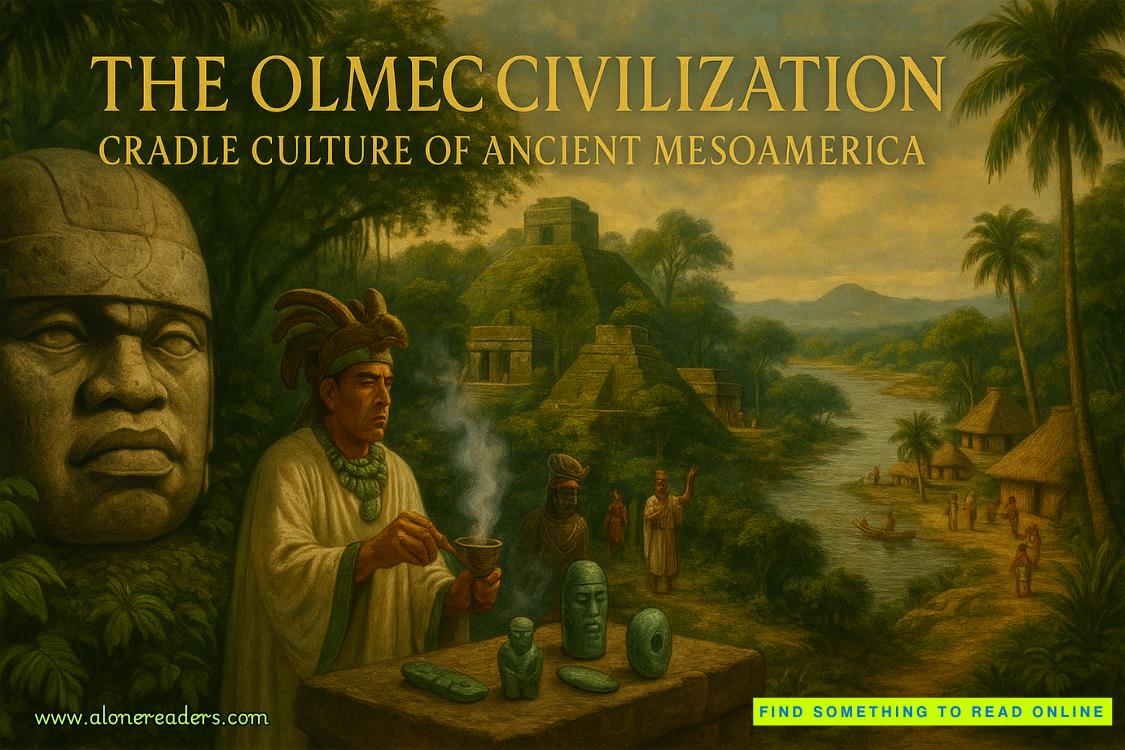Page 46 of Coram House
I press play. Static again. Then a woman’s face.
“Thank you for coming, Ms. Dale,” a familiar voice says off camera. Stedsan. Tears prickle my eyes. Fireworks are going off in my stomach—Ms. Dale. Sarah Dale. She’s right here.
Sarah Dale is a tall, slender woman with dark brown hair. Her voice is low, but there’s nothing meek about it. Throughout the interview, she never raises her voice or sounds anxious or hurried. Her voice has a distant, dreamlike quality, as if she’s telling Stedsan something of no consequence.Fred, he grabbed Tommy under his arms and he pushed, so Tommy went right into the water.It’s easy to see why the defense attorney went after her, why others believed she was making things up. But I know it doesn’t mean anything. People disassociate painful memories all the time.
The only time she shows any sign of emotion is when she describes how Sister Cecile locked her in the cupboard.She told me to climb inside and she latched the door from the outside.Sarah Dale’s hand goes to the top button of her blouse, just below her throat, and twists, as if trying to loosen the collar. Then she goes still and looks right at the camera.You can leave Coram House but you can’t leave it behind.
I’ve read every deposition, hers multiple times. I know what she’s going to say before she says it, like she’s an actor reading lines in a play, but still—it chills me to hear her say it out loud. When I eject the tape, I’m breathing heavily, as if I’ve been running instead of sitting cross-legged on the carpet.
Next I tackle the tape for Karen Lafayette’s interview. She’s the opposite of Sarah—disheveled, nervous, constantly loosening and tightening her scarf. Her anger comes off the screen in waves. I can feel it. And yet, when she tells the story of the girl who was pushed out the window, she’s no more or less believable than Sarah. Just different.
After four hours, my back hurts from bending over the tapes. My head throbs from the alcohol fumes. And I’ve only managed to clean and watch two tapes. My hope that seeing their faces would bring instant clarity feels incredibly stupid now. Years ago, in science class, we did an experiment where we placed a drop of ink in a glass of water. Black tendrils twisted through the water. After a few seconds, they faded and disappeared, leaving the water clear as ever. But the ink was still there, the teacher reminded us, we just couldn’t see it. This story feels like that. I can’t see it, but the truth is there.
I pick one last tape from the box, one of the unlabeled ones, and unscrew the cassette lid. My cracked skin stings from the alcohol as I swab the tape. I should have worn gloves.
An hour later, I’m done. After this, I decide, I’ll stop for the day. I screw the lid back on, feed it into the VHS player, and hit play. The screen is black. I wait, but nothing happens. The tape must be blank. I’m not sure whether to laugh or cry.
My finger is on the eject button when I hear Stedsan’s voice. “Good morning, Sister Cecile,” he says.
I freeze, heart thudding. I feel as if I’m in that room with them, crouched under the table, eavesdropping instead of here in this dingy apartment thirty years later. There’s a muffled screech—a chair being pulled out—and then a sigh, but the screen stays resolutely black. I lean toward the television, as if it’s a curtain I can peek behind.
“Thank you for coming today,” Stedsan’s voice continues. Then another voice speaks, a woman’s voice. It’s low and gravelly with a faint accent. Sister Cecile. It must be.
“Well,” she says, “I didn’t have much choice, did I?”
“All these interviews are voluntary—ah, one moment,” says Stedsan.
The screen goes bright, the color of a peach lit by the sun. Fingers. Then I get a close-up of a much younger Stedsan as he stares into the camera, lens cap in hand.
“Sorry about that,” he says and steps to one side so I can see the speaker seated across from him. Then I’m burning, as if my blood has been replaced by acid. The woman has close-cropped hair and an unsmiling, elfin face.
One I know.
One I saw yesterday in the paper. And before that, streaked in blood, lying in the cold water.
She laces her fingers together and looks right into the camera. “You didn’t let me finish, young man.”
But I can barely hear the words over the pumping and whooshing in my ears. Every hair on the back of my neck stands up. This woman is the dead body in the water. Jeannette Leroy. Sister Cecile is Jeannette Leroy.
14
I press myfingers to Sister Cecile’s face. The TV screen is cold and smooth. Her mouth opens and closes. She blinks. She’s alive, yet she wears the face of a dead woman. The blood is gone and the wrinkles are smoothed out, but still—I’m sure of it. Either Sister Cecile is Jeannette Leroy’s twin or the woman in this video is the body I found in the woods four days ago. It takes me an hour to get through the first ten minutes of tape. I keep replaying it—because all I can do is stare at her face.
A few weeks after Adam died, I was scrolling through photos, when I accidentally played a video. Adam from a few years before at Thanksgiving. He leaned against the counter between an empty bottle of champagne and the burned turkey, smiling. He was still, posing for a photo, not this accidental video. But then he blinked, shifted slightly onto one foot. It felt like there was a tear in time. Like he might come alive and step out of the phone. The next day I’d uploaded all my photos and videos to the cloud and deleted them from my phone. That’s how I feel now, like I could reach out and touch the woman’s face. Warn her about what’s to come.
A quick search gives me what I’m looking for. Apparently, women usually change their names when they become nuns to signify the transformation of their lives. So Jeannette Leroy became Sister Cecile. And then, at some point, probably after the publicity surrounding the case, she went back to using her given name. It was so simple, and it had been right in front of me. My throat tightens. Stupid. Stupid.
I’ve read the deposition, so the content of the video is less interestingthan the dynamic. Jeannette Leroy is well spoken and calm. But, more than that, she’s so perfectly sure that she’s right. You can feel it in the way she sits, still and poised at the edge of the chair. You can hear it in the way Stedsan begins to falter and seems to have no answer to her questions—not that she’s waiting for one. The woman is a force.
And she’s so young. She looks barely older than me. If Sister Cecile arrived at Coram House in 1965, she must have been a teenager or in her early twenties. Barely older than the children she was watching over.
I give up trying to focus on what they’re saying. Just the fact of this interview changes everything. Maybe no one had a motive for hiding in the woods to kill Jeannette Leroy, the quiet old lady. But Sister Cecile? I look at the list of names on my desk: all children who lived at Coram House under Sister Cecile’s iron cross. If even a fraction of the testimonies are true, any one could have had reason to want her dead. And those were just the people interviewed in connection with the lawsuit. There would be thousands of other children, unknown or unnamed, who passed through Coram House over the years. And there at the top of the list: Fred Rooney.
Fred Rooney who might have helped Jeannette Leroy drown a child fifty years ago. Then there was the bandage on his face the day I showed up at his house. The scratches. The day after Jeannette Leroy’s death. My head feels like it’s floating off my shoulders.
“Shit.” My voice sounds strangled.
What if the cops don’t know about Jeannette Leroy’s connection to Coram House? I pick up my phone and dial Stedsan. He doesn’t answer, of course. Goddamn Stedsan never answers.















